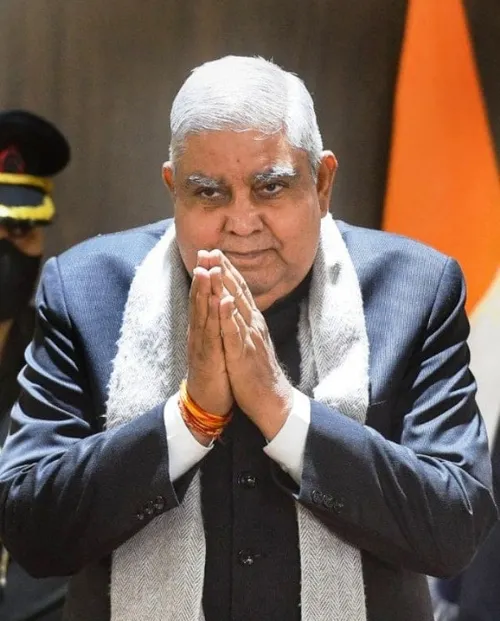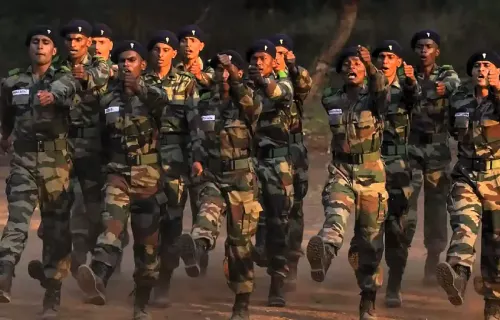Recent remarks by an Indian defence attaché regarding “aircraft losses to Pakistan due to operational constraints” sparked significant debate. The statement, made during a briefing, was later clarified by the Indian Air Force (IAF) and the Ministry of Defence (MoD) to provide accurate context. This blog examines the initial comments, the subsequent clarification, and the broader implications for India’s defence preparedness.
Initial Statement: What the Defence Attaché Said
During a recent discussion on India-Pakistan air engagements, a senior defence official reportedly stated that “operational constraints” had led to aircraft losses in past conflicts with Pakistan. The remarks were interpreted by some as an admission of technical or tactical shortcomings in the IAF’s capabilities.
Key Points from the Initial Remarks:
- Reference to Past Engagements: The official reportedly alluded to incidents like the 2019 Balakot airstrike aftermath, where an IAF MiG-21 Bison was shot down, and its pilot, Wing Commander Abhinandan Varthaman, was captured (later released).
- Mention of “Constraints”: The term was broadly linked to rules of engagement (RoE), technological limitations, and tactical decisions under political directives.
- Media Interpretation: Some outlets framed this as an acknowledgment of “superior Pakistani tactics”, leading to public and veteran concerns.
Clarification from the Indian Air Force and MoD
Following the controversy, the IAF and MoD issued a joint clarification, emphasizing that the attaché’s remarks were “misinterpreted” and that India’s air combat performance remained robust.
Official Clarification Highlights:
- No Admission of Weakness: The MoD stated that the term “constraints” referred to “self-imposed restrictions” to avoid escalation, not capability gaps.
- Example: During Balakot (2019), India deliberately avoided crossing the Line of Control (LoC) after striking terrorist camps in Pakistan, limiting deep-penetration engagements.
- Technological Edge Maintained: The IAF stressed that Pakistan’s use of F-16s (with advanced AMRAAM missiles) was countered effectively, and India’s Sukhoi-30s and Mirage-2000s performed admirably.
- Human Factor & Training: The clarification noted that pilot skill and real-time decision-making played a role, not just technology.
Reaffirmation of IAF’s Combat Readiness
- The IAF highlighted recent inductions like Rafale jets, S-400 missile systems, and indigenous Tejas Mk-1A as evidence of growing strength.
- Officials reiterated that no Pakistani aircraft entered Indian airspace post-Balakot, countering narratives of vulnerability.
Broader Analysis: What Really Happened in Past Engagements?
1. 2019 Balakot & Aftermath
- India’s Strike: On Feb 26, 2019, IAF Mirage-2000s struck Jaish-e-Mohammed camps in Balakot, Pakistan, using SPICE-2000 precision-guided bombs.
- Pakistan’s Retaliation: The next day, Pakistani F-16s attempted a counter-strike. In the ensuing dogfight:
- IAF MiG-21 Bison (flown by Wg Cdr Abhinandan) shot down a Pakistani F-16 (confirmed by radar and electronic signatures).
- India lost one MiG-21 due to an AMRAAM missile hit (a beyond-visual-range engagement).
2. Kargil War (1999) & Other Skirmishes
- The IAF maintained complete air dominance during Kargil, with Mirage-2000s delivering laser-guided bombs accurately.
- No aircraft losses to Pakistan in Kargil, reinforcing India’s air superiority in high-altitude warfare.
3. 1971 War: Decisive Air Victories
- The IAF achieved a 3:1 kill ratio against Pakistan, proving superior training and strategy.
Why the Misinterpretation? Media & Strategic Messaging
- Semantic Confusion: The term “constraints” was taken out of context—it referred to political-diplomatic limits, not combat failures.
- Selective Reporting: Some analysts focused only on losses (MiG-21 in 2019) while ignoring India’s successful F-16 kill.
- Pakistan’s Propaganda: Islamabad often exaggerates aerial victories, while India maintains transparency with verifiable data.
Lessons & Future Preparedness
- Need for Next-Gen Fighters: The IAF is accelerating MRFA (Multi-Role Fighter Aircraft) procurement to replace ageing MiG-21s.
- Enhanced BVR (Beyond Visual Range) Capability: Induction of Astra Mk-II & Mk-III missiles will counter Pakistan’s AMRAAM advantage.
- Electronic Warfare & AI: Investments in DRDO’s NG-ECM (Next-Gen Electronic Countermeasures) and AI-assisted combat systems are underway.
Conclusion: No Compromise on National Security
The defence attaché’s remarks, when seen in full context, underscore India’s responsible use of air power under nuclear-threshold conditions—not a lack of capability. The IAF remains one of the world’s most formidable air forces, with continuous modernization and battle-tested pilots.
Final Takeaway:
- India lost aircraft in past conflicts due to RoE (Rules of Engagement), not weakness.
- Pakistan’s propaganda often distorts facts—IAF’s actual performance remains stellar.
- Future wars will be won by tech + training, and India is investing heavily in both.
Sourashis Chanda brings readers their unique perspective on Business, Economy, Health and Fitness. With a background in Health and Physical Fitness of 2years, I am dedicated to exploring [what they aim to achieve with their writing, on the sustainable Economy of the country, various pro tips about business, latest goverment news, with some tips in health are and Fitness.







